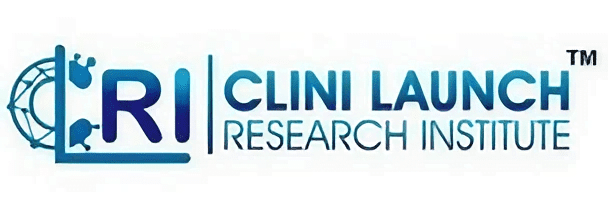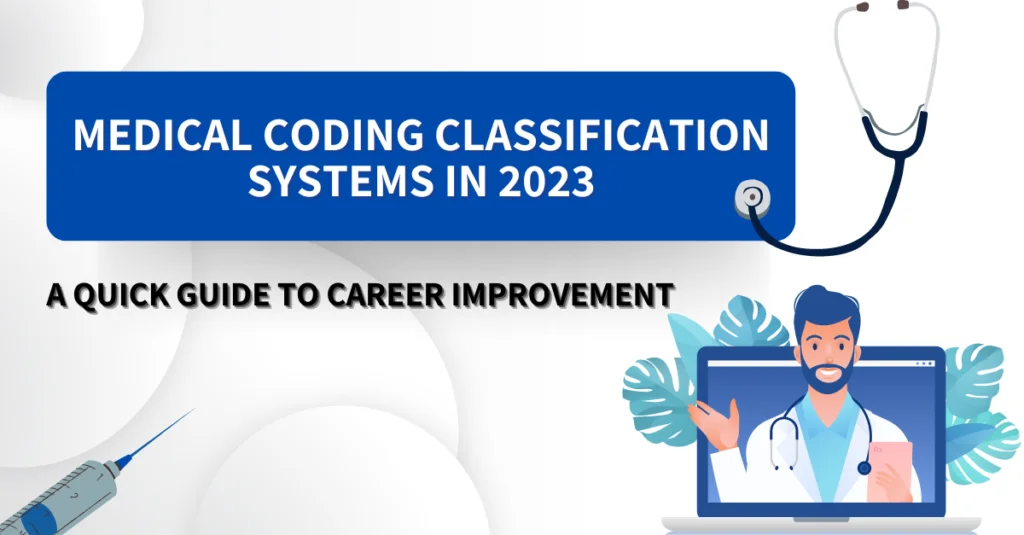If you are a medical coding professional, you may have heard about classification systems before. This blog will guide you to speed up medical coding classification systems and give you a good ground on how it works if you want to get into the medical coding training program with us.
Medical Coding Definition
Medical coding is a translation process of various medical conditions with procedures into universal medical code numbers. When the medical coders generate numbers they have to go through a patient’s health record, making the record easier to note down what has happened with the medical care of patients. For example, they could be in physicians’ notes or on lab results.
There are some different ways medical codes are used within the healthcare system including:
- Statistical analysis of illnesses and diseases
- Tracking of medical claims in insurance systems also known as reimbursement
- Direct surveillance of outbreaks of certain diseases
However, there are a few major classification system types that professionals use for medical coding. Here it is:
Major Medical Coding Classification System Types
There are a variety of medical coding systems that can be changed which is dependent on your location. In India, there are two major medical coding classification systems in the current state which are the ICD (International Classification of Diseases) and CPT (Current Procedural Terminology).
ICD (International Classification of Diseases)
The international classification of diseases is the standard international system of classification for mortality and morbidity statistics which is specifically used in more than 100 countries. The classification system in medical coding is used by healthcare facilities to define diseases while providing care to patients and allocating resources. Based on a report from the World Health Organization (WHO), 70% of the healthcare expenditures are allocated in the world by using ICD. Recently, the current version is ICD-10 features above 68,000 medical codes for parasitic diseases and infections, congenital malformations, and neoplasms, as well as respiratory system, digestive system, and nervous system diseases.
| Feature | ICD (International Classification of Diseases) | CPT (Current Procedural Terminology) |
| Owner | World Health Organization (WHO) | American Medical Association (AMA) |
| Purpose | Classify diseases, injuries, and other health conditions | Classify medical services and procedures |
| Number of codes | Over 17,000 | Over 9,000 |
| Updates | Updated every 10-15 years | Updated annually |
| Use | Used for billing, research, and quality improvement | Used for billing, reimbursement, and quality improvement |
CPT (Current Procedural Terminology)
The Americal Medical Associate publish the codes of Current Procedural Terminology, and there are approximately 10,000 CPT codes that are currently in use. However, the USA and other countries use the fourth edition which is specifically designed to provide a static dataset that medical coding professionals in India use to describe diagnostic, surgical, and medical services provided to patients.
CPT codes are specifically five-digit alphanumeric codes that consist of five numbers. Yes, occasionally the CPT codes may have four numbers and letters that depend basically on the type of services medical coders are providing. Current Procedural Terminology codes identify the services provided to patients such as diagnostic, medical, radiological, and surgical services. The identification of codes for the services provided are submitted with ICD-10 codes on claim forms which are specifically used to determine the facility of reimbursement to a facility.
Comparisons
Both ICD and CPT have their own benefits and limitations. The CPT codes are maintained by the World Health Organization (WHO), updated every 10-15 years, and used for billing, research and quality improvement, and they are more complex in comparison. The ICD and CPT codes are maintained by the Americal Medical Association, updated annually, and used for billing, reimbursement, and quality improvement. In
ICD codes are more complex than CPT codes, and they require more training to use correctly. There are a number of resources available to help healthcare providers learn how to use CPT and ICD codes, including the websites of the WHO and AMA.
Other Medical Coding Classification Systems
Major medical coding classification systems are running currently but there are other classification systems that also exists in the medical field that help clinicians treat patients and diagnoses. It includes:
- Diagnostic Systems: It is one of the most well-known systems within the medical field. The classification of certain illness types which is well-known would be the Mental Disorders with Diagnostic and Statistical Manual (DSM).
- Genetic Codes: When it comes to genetic codes, OMIM (Online Mendelian Inheritance in Man), a comprehensive database of human genes and genetic disorders, collects genetic codes from all over the world.
- Drugs: RzNorm is one of the medical coding classification systems used to identify and manage drugs. It is a standardised nomenclature of clinical drugs for humans and provides normalized names and unique identifiers for clinical drugs used in electronic health records, pharmacy dispensing systems and other healthcare applications.
However, there are many more classification systems that you may find if you begin a career as a medical coder.
How to Train Yourself for Medical Coding?
If you want to get started with a career in medical coding, you can train yourself in medical procedure code. When you get started with medical billings, you need to handle medical codes coming from every department. Therefore, you will have a full working knowledge of the medical coding classification systems that can help you move forward in your career.
CliniLaunch Research Institute can help you get started in your career as a medical coder with the right education and training. CLRI will give you a solid grounding in the field of medical coding. You will be graduating with the perfect skills and knowledge to work in the field of medical coding wherever you want in the healthcare industry.
Do you want to start your journey to become a medical coder in the healthcare industry? CLRI (CliniLaunch Research Institute) will put you on the better road to success in your career.
For more info about the rates of medical coding courses, visit our website https://clinilaunchresearch.in





